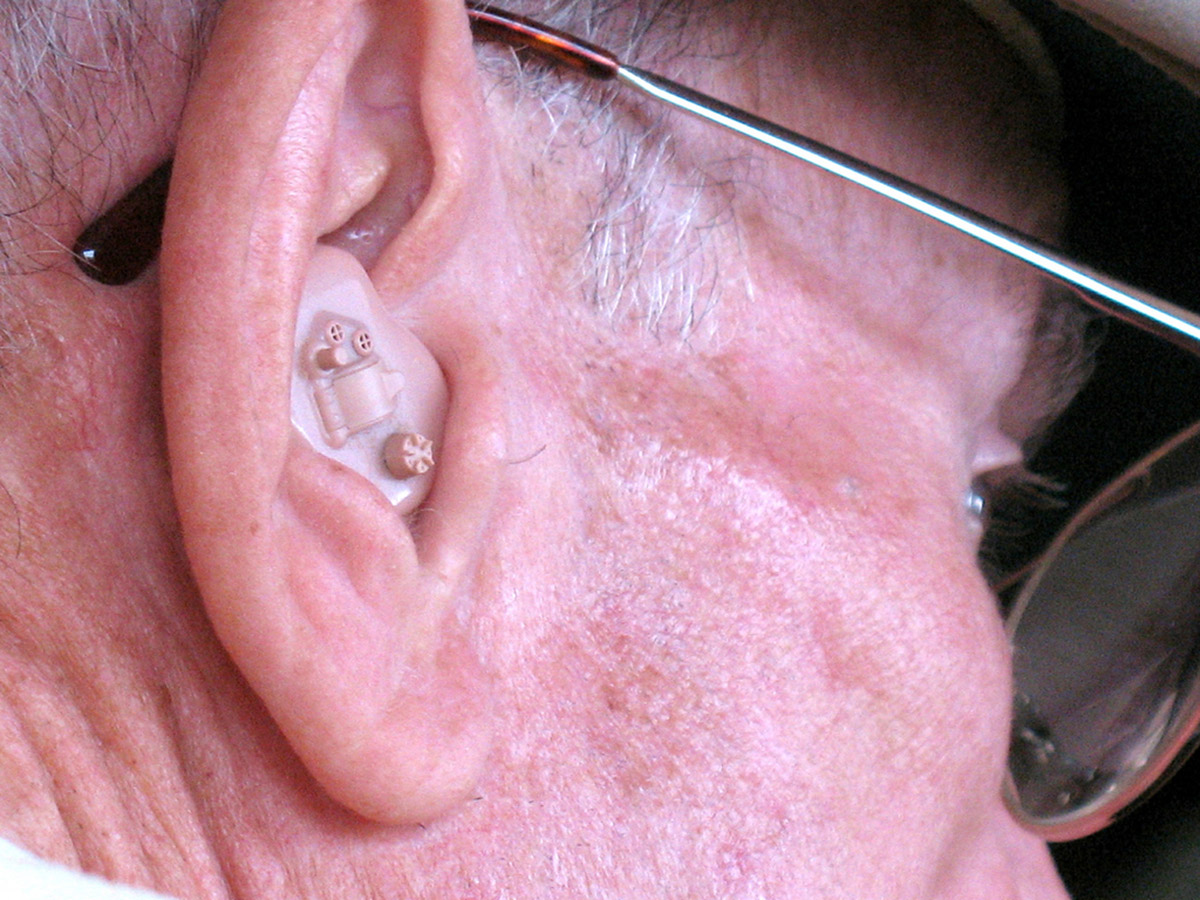Table of Contents
Sound has finally reached the inner ear, after a long but very fast journey. Here we can find the organs that are in charge of sensing sound vibrations but also of maintaining balance. The cochlea is one of them. It is a bone with the shape of a snail and it is filled with fluid. Inside the cochlea, there is a group of specialized cells, known as hair cells that will send the sound signals up to the brain.

From vibrations to electric impulses
But, until this point, are sound vibrations still vibrations? Let’s summarize until here: sound, in the form of vibrations, reaches the eardrum. The eardrum sends them on to the three tiny bones, which move and transmit this movement on to the oval window, by pushing it. This push makes the liquid inside the cochlea to also move and stimulate the hair cells that sit there. Hair cells are nervous cells that connect the ear to the brain and basically take the sound stimuli up to the brain region that is in charge of coding it.
Hair cells send these stimuli in the form of nerve impulses through the auditory nerve. The nerve reaches the auditory region, which is located in the temporal lobe. The temporal lobes are the ones that are on the sides of the brain, just by where your ears are located.
Hearing loss
Hearing loss can be caused by a variety of factors and it can be mild or severe, depending on the cause. For example, it can be due to a blockage of the ear canal caused by earwax or an object. In this case, the removal of the foreign object will bring everything back to normal, without any further consequences other than maybe some inflammation and mild pain. Sometimes it is not this simple.
This happens normally as part of the aging process, but it can also be a consequence of a hereditary disease, head trauma, illnesses, some drugs and exposure to loud noise.
Ear care and disease
Our ears need be taken care of. To clean them, just wipe the outer ear with a clean cloth; never use Q-tips, bobby pins or any other object to clean your ears, because this might cause you to break your eardrum.
Follow the saying “never put anything bigger than your elbow inside your ears”.
See Also: Bulb Syringes Are an Effective Tool for Earwax Removal
Even when it is a bit disgusting, earwax is there to protect your ears, but sometimes it can build up and block them. Don’t attempt to remove it by yourself, it is better if you ask your doctor to examine your ears and help you with this problem. Ear infections are common, especially as an effect of respiratory diseases, but you can prevent them by treating any respiratory symptom as soon as possible. Noise and loud sounds can severely affect your hair cells in the inner ear. To keep them alive and functional, try to avoid exposure to loud levels of noise by using earplugs or other proper protection and avoid listening to music in loud volume.
- Mindmap by steadyhealth.com
- Photo courtesy of mike krzeszak by Flickr: www.flickr.com/photos/portland_mike/2993507037

